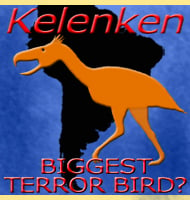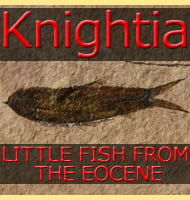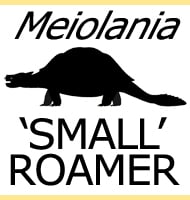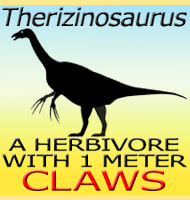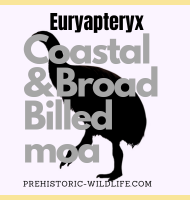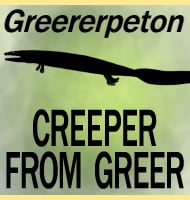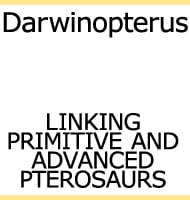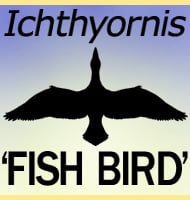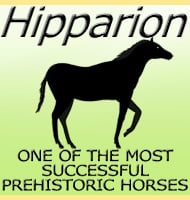In Depth
For much of the early part of its scientific life the pterosaur Arambourgiania was known as Titanopteryx, however in 1987 Lev Nesov was made aware that the genus name was already being used by a fly. Under ICZN rules, no two animals may share the same genus name. Nesov renamed the specimen Arambourgiania in honour of Camille Arambourg, who in 1954 was the first person to realise that the holotype specimen belonged to a pterosaur. However Arambourg was still wrong in that he thought the bone was a wing metacarpal. It would not be until 1975 that the bone would be correctly identified as a cervical vertebra by Douglas A. Lawson.
When the holotype was rediscovered in the late 1990’s a more thorough investigation was carried out by David Martill and Eberhard Frey, who had attempted to find the holotype in back in 1995 but to no avail. It was not until 1996 that they learned the holotype specimen had been sold in 1969 and was subsequently donated to the University of Jordan in 1973. Almost immediately it was realised that the vertebra was not complete and was missing the end from the posterior (rear portion). Taking this into account, they came up with an estimated length of seventy-eight centimetres. They also interpreted the position as the fifth neck vertebra. In order to get an idea of its size, Arambourgiania was then compared to the giant pterosaur Quetzalcoatlus.
The neck vertebra of Arambourgiania was seventy-eight centimetres long compared to sixty-six centimetres of the same vertebra for Quetzalcoatlus. This produced a scale ratio of 1.18 which was then used to enlarge Quetzalcoatlus to gauge an estimated wingspan. The result was an estimated wingspan approaching thirteen meters across for Arambourgiania. However further studies for the total size of Arambourgiania have since been carried out, most of them revealing smaller wingspans that reduce down to the seven metre mark. Unfortunately unless more fossil material can be discovered for Arambourgiania, the only way to gauge its size is to guess by comparing it to other pterosaurs which in itself can be a problematic method of reconstruction since this depends upon two seperate creatures being similar to one another.
Further Reading
– Titanopteryx philadelphiae nov. gen., nov. sp. Pt�rosaurien g�ant [Titanopteryx philadelphiae nov. gen., nov. sp. Giant pterosaurian]. – Contributions � la Stratigraphie et � la Pal�ontologie du Cr�tac� et du Nummulitique de la Marge NW de la P�ninsule Arabique. Notes et M�moires du Moyen Orient 7:229-234. – C. Arambourg – 1959. – A reappraisal of Arambourgiania (Pterosauria, Pterodactyloidea): One of the world’s largest flying animals. – N.Jb.Geol.Pal�ont.Abh., 199(2): 221-247. – E. Frey & D. M. Martill – 1996. – Arambourgiania philadelphiae: giant wings in small halls. – The Geological Curator, 6(8): 305-313. – L. Steel, D.M. Martill., J. Kirk, A. Anders, R.F. Loveridge, E. Frey & J.G. Martin – 1997. – Discovery of the holotype of the giant pterosaur Titanopteryx philadelphiae Arambourg 1959, and the status of Arambourgiania and Quetzalcoatlus. – Neues Jahrbuch fur Geologie und Pal�ontologie, Abh. 207(1): 57-76. – D. M. Martill, E. Frey, R. M. Sadaqah & H. N. Khoury – 1998. – A cervical vertebra of Arambourgiania philadelphiae (Pterosauria, Azhdarchidae) from the Late Campanian micaceous facies of the Coon Creek Formation in McNairy County, Tennessee, USA. – Bulletin Alabama Museum Natural History 33:94–103. – T. Lynn Harrell Jr, Michael A. Gibson & Wann langston Jr. – 2016. – Topotype specimens probably attributable to the giant azhdarchid pterosaur Arambourgiania philadelphiae (Arambourg 1959). – Geological Society, London, Special Publications. 455 (1): 159–169. – David M. Martill & Markus Moser – 2018.

